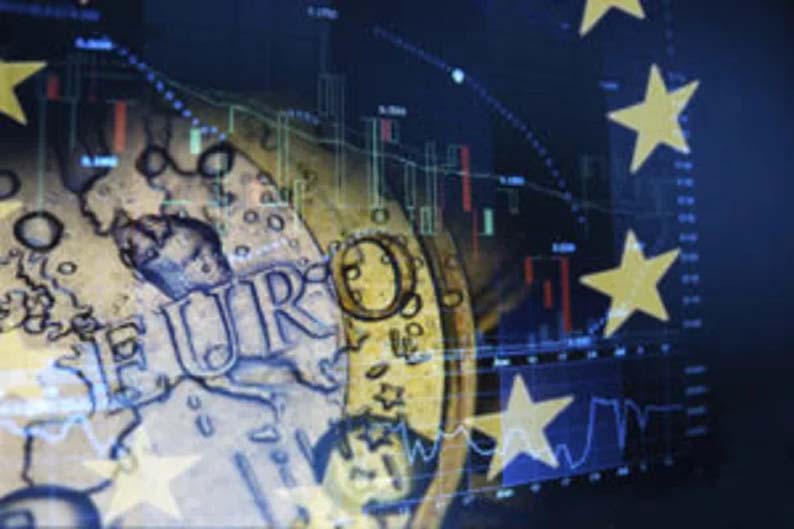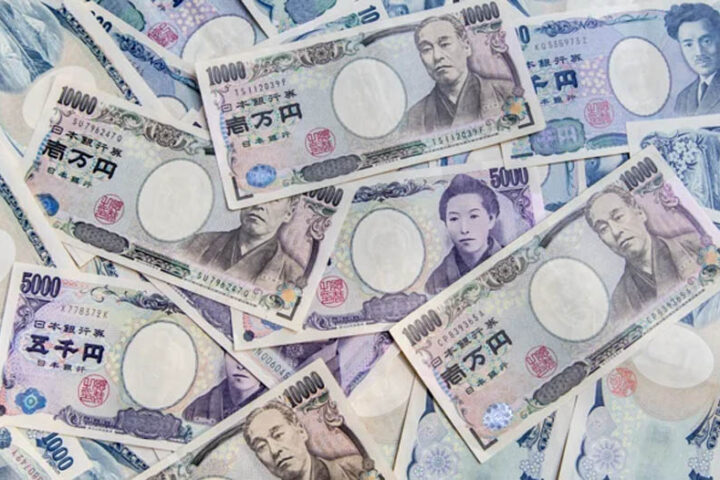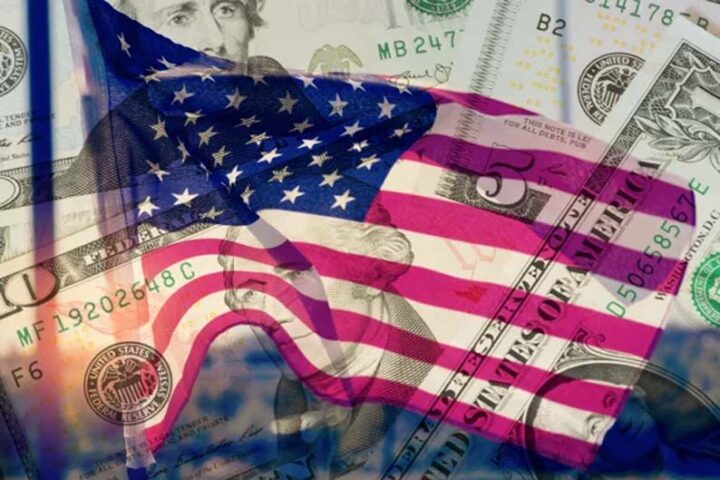The Euro-Dollar aims to shift the trading range above the crucial resistance of 1.0850, with the major currency pair strengthening as the US Dollar remains on the back foot and hopes of early European Central Bank rate cuts drop further.
The overall market action seems disordered as the S&P 500 futures are slightly down while risk-sensitive currencies perform well. The US Dollar Index (DXY) drops to 103.80 as expectations for a rate cut by the Federal Reserve have escalated.
The CME FedWatch tool shows a 58% chance that interest rates will be down by 25 basis points (bps) in the June policy meeting. The expectations for a rate-cut were at 53% before the February ISM Manufacturing PMI data, released on Friday.
The ISM reported the Manufacturing PMI at 47.8, lower than expectations of 49.5 and the former reading of 49.1. The agency reported that the fresh factory orders index has also come down significantly, indicating that recovery in the Manufacturing PMI has stalled.
Going forward, the market participants will focus on Fed Chair Jerome Powell’s testimony before Congress in which he is expected to reiterate the need of having convincing evidence, which will confirm that inflation is on track to the 2% target.
On the Eurozone front, stickier-than-expected preliminary inflation data for February has pushed back expectations of early rate cuts by the ECB. The fears of persistent inflation deepened as the monthly headline and core inflation data grew strongly by 0.6% and 0.7%, respectively.
EURUSD unlikely to trade far its current levels – ING
In EURUSD, 1.0800 has been the level associated with the low-volatility FX environment recently. A break from the range-trading is possible later this week, given the combined effect of the ECB meeting and US payrolls.
Looking a month ahead, economists at ING are not convinced the pair will be trading very far from its current levels, though.
US data resilience may start to lose steam in March, but that may be only a gradual process, with more pockets of strong data emerging. Rates need to move lower materially to make the cost of selling the Dollar bearable.
Investors may have raised the bar to turn against the Greenback. Unless the ECB pushes back vehemently against rate cut bets (bucking its recent trend), a domestic idiosyncratic boost to the Euro looks unlikely too.
(Source: OANDA)







